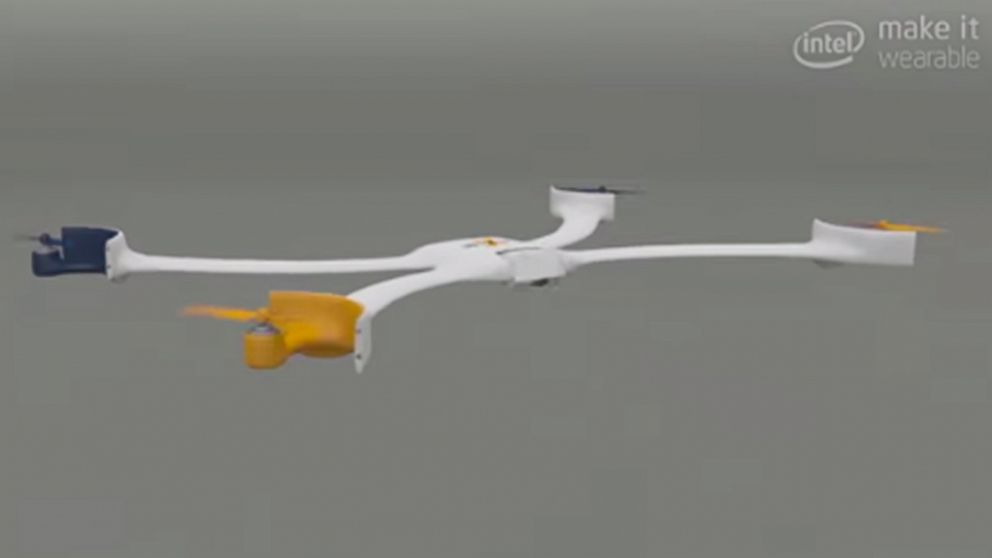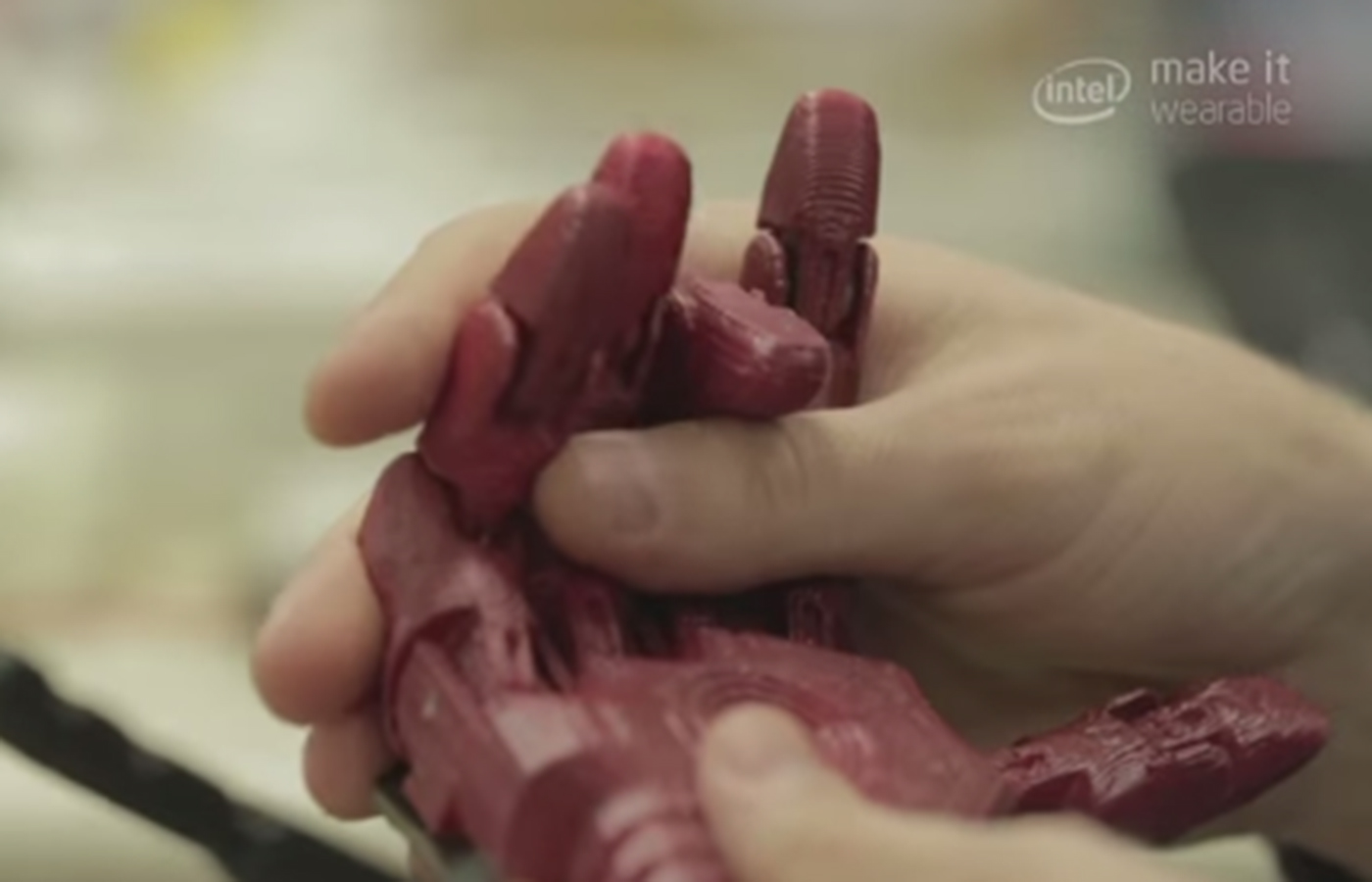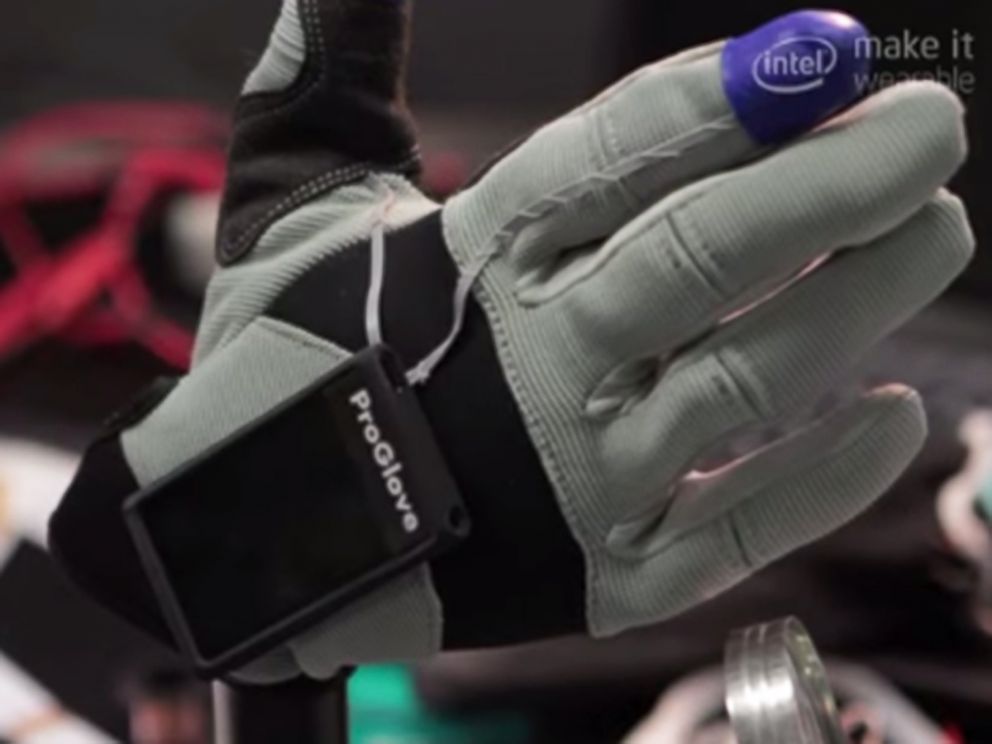How 3 Wearables That Came Out on Top in Intel Contest Could Change the World
Selfie-taking wrist drone, work glove are among wearables honored by Intel.

— -- They look like something out of a sci-fi action movie, but the three wearables that came out on top at Intel's inaugural "Make It Wearable" contest are out to change the world.
Snapping a selfie will no longer include the cumbersome process of holding your smartphone with an outstretched arm while trying to get the perfect angle.
Self-admiring techies of the future will instead be able to turn to Nixie, a drone worn on the wrist that can detach, take flight and snap photos from countless different perspectives.
The technology, which uses Intel's Edison chip, took the $500,000 grand prize.
"You should be able with a gesture to tell the quadcopter to unfold, then it is going to take off from your wrist," Christoph Kohstall, the inventor of Nixie, said in a video showing off the wearable drone.
"It knows where you are," he said. "It turns around, takes a picture of you, comes back and you can catch it from the air and put it back on your wrist."

Open Bionics, a team from the United Kingdom, took second place with their 3-D printed robotic hand that boasts a cost of under $1,000 but maintains the same high function as other more expensive, competing devices.
"It has tendons, just like your human hand and then a rubber surface to act like the skin and then actuators pull the tendons, which make the fingers move," creator Joel Gibbard said in a video detailing the project.
His partner, Sammy Payne, said she was inspired to work on the project after her friend's mother couldn't afford hand that cost 14,000 pounds.
"She just wants to be able to tie her hair back," Payne said. "It's just a small thing we all take for granted but that makes a huge difference to an amputee."

If you want to feel a little like Michael Jackson while you work, then the third place technology -- a power glove equipped with Wi-Fi, Bluetooth and Intel's Edison chip -- is for you.
Built by a German team, the ProGlove fits on the hand like a regular glove but promises to make sure workers are more ergonomic and productive.
"I worked in the car factory and I remember that they all had gloves in the production, so this would be a good point to start with a wearable device," said Paul Günther, a co-founder.
Another benefit: The founders say the ProGlove could reduce "costly workplace mistakes."






